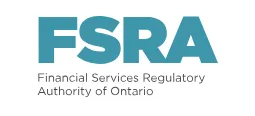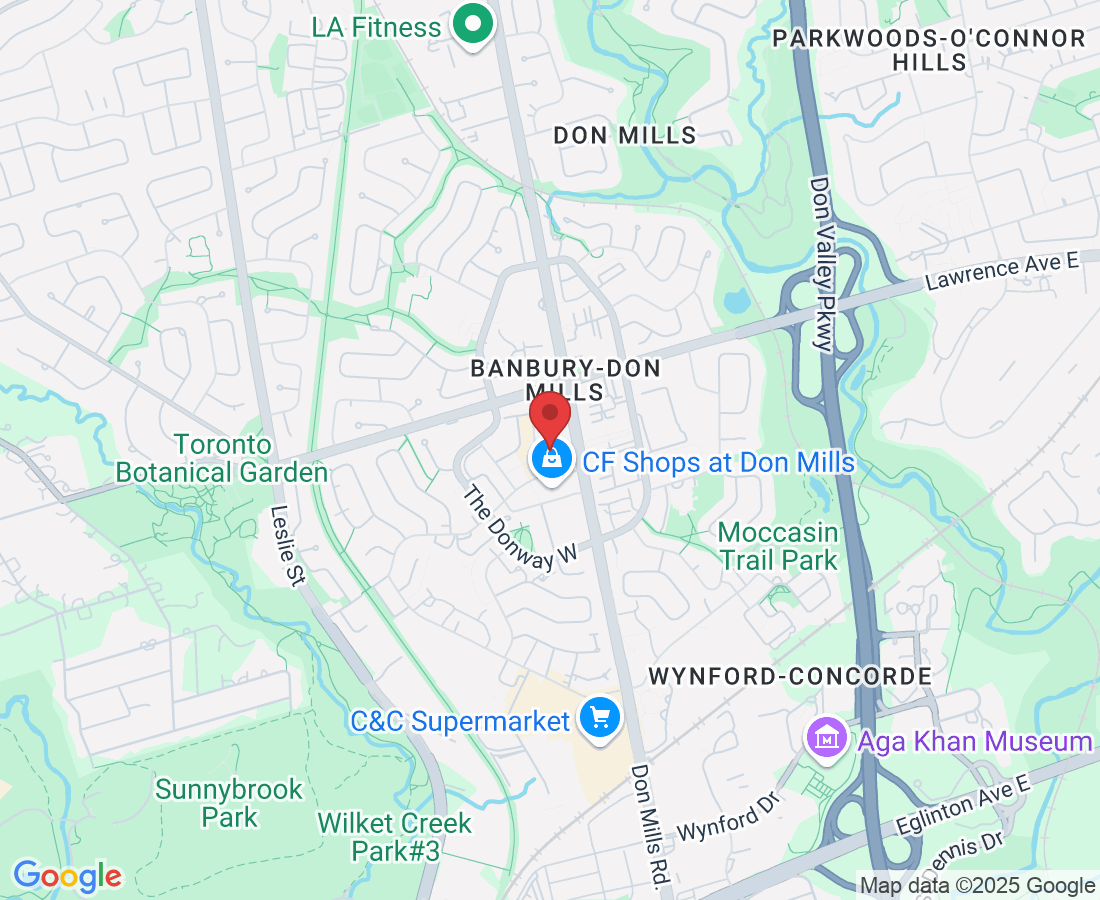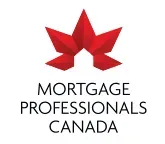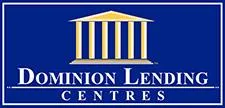
Call: 416-908-2070
Email: [email protected]
Learning Centre
In-depth articles, written by our in-house experts.
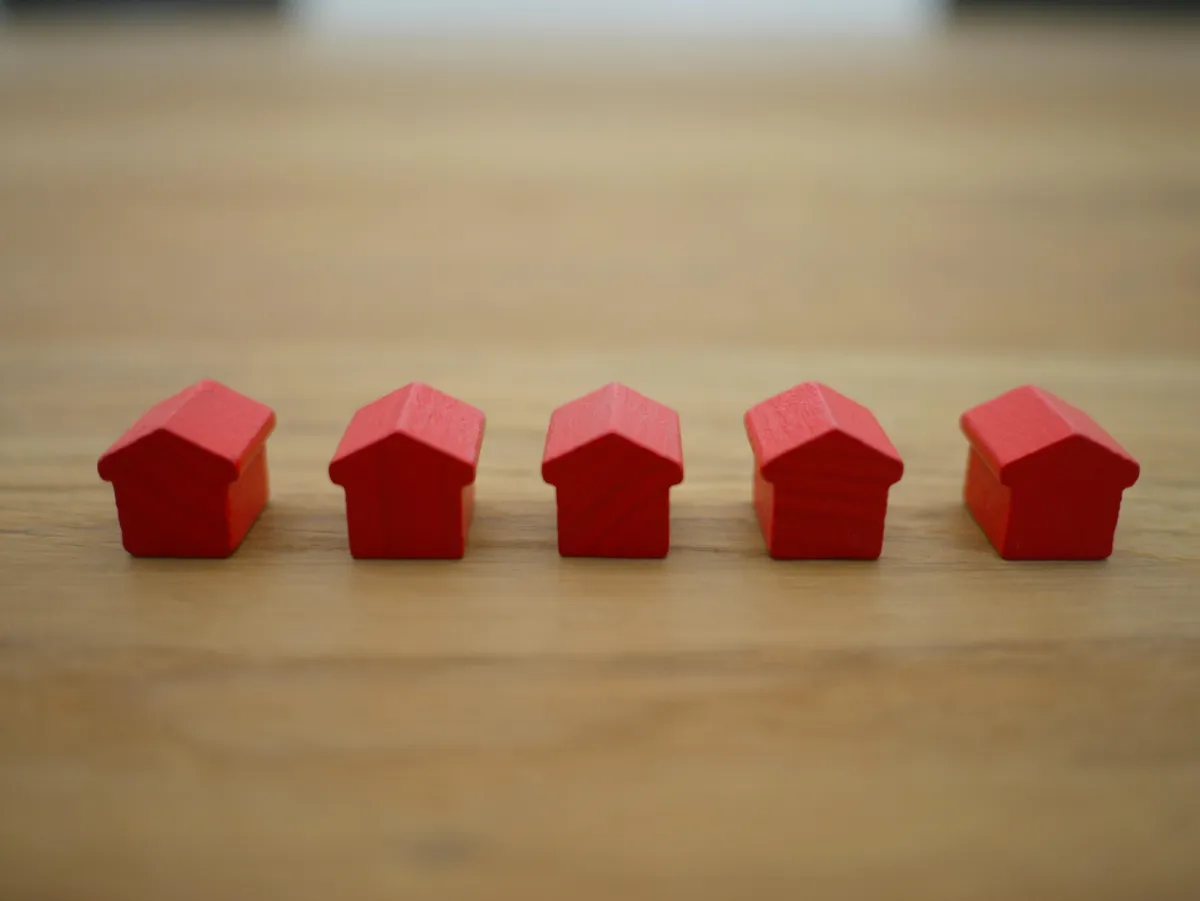
Downsizing vs. Reverse Mortgage
Downsizing vs Reverse Mortgage: Which Retirement Strategy Maximizes Your Wealth?
For retired Canadian homeowners, the home is often a key part of their financial security. Rising real estate values have and continue to offer significant equity that can be tapped into, but the question remains: should you downsize or consider a reverse mortgage to unlock this value? While downsizing can seem like an attractive option, it's important to fully understand the financial and lifestyle implications of selling your home, whether you choose to rent or buy a smaller property.
Here's a breakdown:
Selling and Renting: Provides short-term flexibility but comes with rising rental costs, lack of control, and loss of home equity.
Selling and Buying a Smaller Home: Offers homeownership but incurs significant transaction costs and may still require a mortgage.
Staying in Your Home with a Reverse Mortgage: Allows you to access tax-free home equity while maintaining stability and avoiding monthly payments.
Selling and Using a Reverse Mortgage on a New Property: Enables a fresh start in a new home without traditional mortgage payments while keeping financial flexibility.
Let's explore these options in detail.
In order to examine these options appropriately we are going to make the following assumptions:
Sale Price of current home - $1,200,000
Purchase Price of new home - $700,000 (Condo or Townhome)
Current Mortgage or HELOC balance - $240,000
The current age of both homeowners - 69
Option 1: Selling and Renting – The True Costs and Risks
At first glance, selling your home and renting may seem like a simple way to free up cash and reduce maintenance responsibilities. However, there are significant costs and risks to consider.
Cost of Selling Your Home
Selling your home isn't free. There are substantial costs involved, including:
Sale Price of current home - $1,200,000
Real estate agent commissions – Typically 5% of the sale price. For a $1.2 million home, this amounts to $60,000 plus HST ($7,800 in Ontario).
Paying off existing mortgage or debts – If you owe $240,000, this must be paid from the sale proceeds.
Legal fees & Closing costs – Typically around $3,000.
Moving expenses – Professional movers. For this example we will use $3,000
Other potential expenses
Potential capital gains taxes – If the property is not your primary residence, or ever had a rental component, tax implications could reduce your profits.
Mortgage payout penalties – If you still have a mortgage, there could be penalties for early repayment.
Temporary accommodations, and storage fees
After selling and paying expenses you would be left with approximately $886,200
Renting Costs & Risks
Once you've sold your home, you'll need to rent a new place. Renting may provide short-term flexibility, but it comes with financial and personal risks:
Rising rental costs – Unlike a fixed mortgage, rent can increase annually, sometimes significantly. (Current Rents for a Condo or Townhome can start at $2,500 per month - that’s $30,000 per year or $150,000 over 5 years).
Lack of control – You are subject to the landlord’s rules and potential policy changes.
Risk of eviction – Landlords can sell the property, forcing you to move. You may also face "renovictions," where landlords force tenants out to renovate and re-rent at higher rates.
No long-term security – As you age, moving can become increasingly difficult. Losing your rental due to external factors can be stressful and disruptive.
Loss of home equity – Once you sell, your equity is no longer growing, and you're using liquid assets to pay rent, which can deplete your retirement savings over time.
Additional moving costs – If forced to move multiple times due to rent hikes or landlord decisions, additional expenses for relocation, deposits, and setup fees can accumulate.
Option 2: Selling and Buying a Smaller Home
Another downsizing option is selling your current home and purchasing a smaller, more manageable property. While this can reduce maintenance and utility costs, it may not be as financially beneficial as expected.
Costs of Selling and Buying
Sale Price of current home - $1,200,000
Real estate agent commissions – Typically 5% of the sale price. For a $1.2 million home, this amounts to $60,000 plus HST ($7,800 in Ontario).
Paying off existing mortgage or debts – If you owe $240,000, this must be paid from the sale proceeds.
Legal fees & Closing costs for the Sale – Typically around $3,000.
Moving expenses – Professional movers can range from $2,000–$5,000 depending on the move. For this example we will use $3,000
Land transfer taxes – In Ontario, for example, a home purchased for $700,000 could incur $10,475 and in Toronto an additional $10,475 land transfer taxes.
Legal fees & Closing costs for the Purchase – Around $3,000.
Home inspections and appraisals – Typically $500–$1,000.
Moving expenses – Can range from $2,000–$5,000 depending on the move.
Other potential expenses
Home renovations and furnishing costs – A new home may require modifications, furniture, or repairs to suit your needs.
Market fluctuations – If property values rise after you sell, you may find yourself priced out of desirable areas.
New mortgage payments – If the proceeds from your sale are insufficient to purchase a new home outright, you may need to take on a new mortgage, adding financial strain in retirement.
Potential capital gains taxes – If the property is not your primary residence, or ever had a rental component, tax implications could reduce your profits.
Mortgage payout penalties – If you still have a mortgage, there could be penalties for early repayment.
Temporary accommodations, and storage fees
After selling, buying and paying expenses you would be left with approximately $172,000
Option 3: Staying in Your Home with a Reverse Mortgage
For those who prefer to remain in their current home, a reverse mortgage can be a viable alternative. This financial product allows homeowners 55 and older to access up to 55% of their home equity without making monthly payments. Here’s why it might be a better option:
Costs of Staying in Your Home with a Reverse Mortgage
Reverse mortgage setup costs – Includes appraisal fees, legal fees and administration fees. Averages between $2,500 and $3,500
Paying off existing mortgage or debts – If you owe $240,000, this must be paid from the reverse mortgage proceeds.
At 67 years of age and a home value of $1,200,000 you could qualify for a Reverse Mortgage up of $528,000
Other potential expenses
Mortgage payout penalties – If you still have a mortgage, there could be penalties for early repayment.
Financial Benefits
No monthly mortgage or rent payments – Unlike renting or buying, a reverse mortgage does not require regular payments, freeing up cash flow.
You keep ownership of your home – You can stay in your home as long as you like, with no risk of eviction due to a landlord's decisions.
Access to tax-free funds – The money you receive from a reverse mortgage is tax-free and can be used for any purpose, such as covering living expenses, medical costs, or home renovations.
Potential home appreciation – Your property may continue to increase in value, allowing you to leave a larger estate for your heirs.
Lifestyle Benefits
Stay in familiar surroundings – Avoid the stress and emotional toll of moving.
Maintain stability – Aging in place can be beneficial for mental well-being and social connections.
No need to downsize belongings – Moving to a smaller home often requires parting with cherished possessions.
No more Mortgage and debt payments. Any funds previously used for mortgage and debt payments is now free cash flow for you to use however you wish.
After paying your current mortgage and expenses you would be left with approximately $284,500
The best part, you have options with how to access the remaining $284,500:
Take it in one lump-sum payment
Draw it down as necessary - similar to a Home Equity Line of Credit
Get it as a monthly income supplement - Example, $2,000 per month deposited to your account for the next approximate 12 years.
Option 4: Selling and Getting a Reverse Mortgage on a New Property
For homeowners who want to move but don’t want the financial burden of a traditional mortgage, another option is to sell their current home and use a reverse mortgage on the new property.
How It Works
You sell your home and use the proceeds to purchase a new home outright or with a reverse mortgage to cover part of the cost.
The reverse mortgage allows you to live in the new home without making monthly payments.
You retain ownership of your new home while accessing tax-free equity.
Costs to Consider
Sell Current Home for $1.2 million
Purchase New Home for $700,000
Paying off existing mortgage or debts – If you owe $240,000, this must be paid from the sale proceeds.
Land transfer taxes – In Ontario, for example, a home purchased for $700,000 could incur $10,475 and in Toronto an additional $10,475 land transfer taxes.
Legal fees for sale– Around $3,000.
Legal fees for purchase – Around $3,000.
Reverse mortgage setup costs – Includes appraisal fees, legal fees and administration fees. Averages between $2,500 and $3,500
At 67 years of age and a home value of $700,000 you could qualify for a Reverse Mortgage up of $308,000
Other potential expenses
Home adaptation costs – If the new home needs modifications for accessibility, this may be an additional expense.
After paying your current mortgage and expenses you would be left with approximately $172,00. Add to that the reverse mortgage proceeds of $308,000 would leave you with $482,000.
The best part, you have options with how to access the remaining $308,000:
Take it in one lump-sum payment.
Draw it down as necessary - similar to a Home Equity Line of Credit
Get it as a monthly income supplement - Example, $2,000 per month deposited to your account for the next approximate 13 years.
What could you do with the $482,000:
Provide an early inheritance
Contribute to your TFSA account (to take advantage of unused contribution room) for tax-free investment growth and withdrawals
Create an emergency fund for future home repairs - Roof, Furnace etc.
Supplement your retirement income
Create an RESP account(s) for grandchildren
Consulting with a competent financial advisor can unlock a myriad of ways to protect and grow those funds overtime and even create a financial legacy that can transcend generations.
Summary
Every retiree’s situation is different, but it's essential to weigh all the costs and risks before deciding to downsize. Selling and renting may offer short-term flexibility but comes with long-term uncertainty. Selling and buying may seem logical, but the expenses can quickly erode your savings. Staying in your home with a reverse mortgage allows you to maintain stability and financial security while tapping into your home equity. Selling and using a reverse mortgage on a new home offers a middle ground for those who want to move but don’t want traditional mortgage payments.
Which Option is Right for You?
Selling and Renting: Could net you $886,000 - provides flexibility but comes with rising costs and uncertainty.
Selling and Buying a Smaller Home: Could net you $172,000 - Offers homeownership but can erode savings through transaction costs.
Staying in Your Home with a Reverse Mortgage: Could net you $284,000 - Allows you to access tax-free home equity while maintaining stability and offers financial security while allowing you to remain in your home.
Selling and Using a Reverse Mortgage on a New Property: Could net you $482,000 - Enables a fresh start in a new home without traditional mortgage payments while keeping financial flexibility.
Before making a decision, consider speaking with a mortgage professional who specializes in reverse mortgages. They can help you understand how much equity you can access and whether it makes sense for your retirement goals.
Ready to explore your options:
Book a call with me to talk out your options to see if a Reverse Mortgage is appropriate for your unique situation.
Get Pre-Approved - Find out exactly how much you qualify for.
Want to know more about Reverse Mortgage - Download a copy of our Free eBook, the Canada Reverse Mortgage Guide.
Choosing the right option requires careful planning, but with the right knowledge, you can secure a comfortable and financially stable retirement.
Locations:
*Located inside the Royal LePage Signature Realty Offices.
